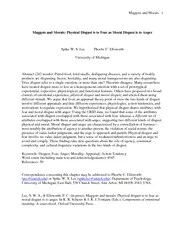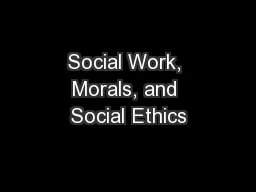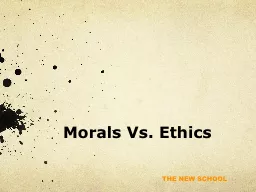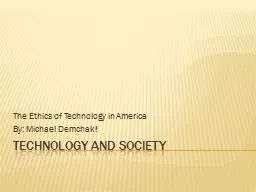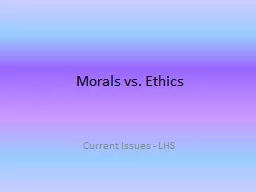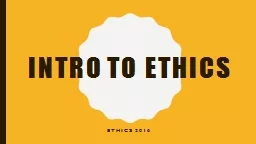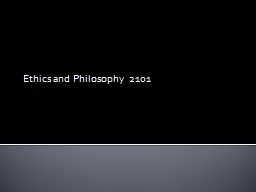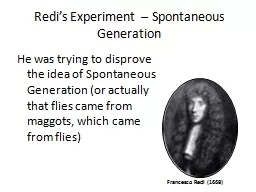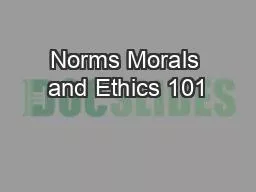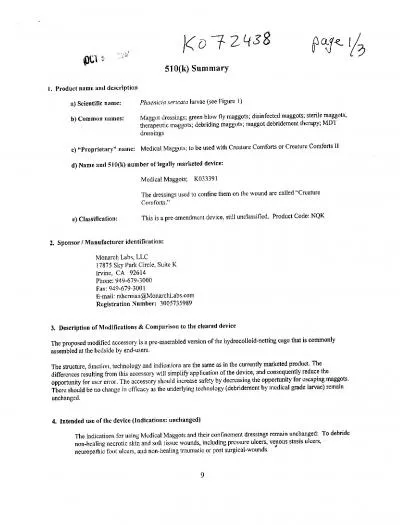PDF-Maggots and Morals Maggots and Morals Physical Disgus
Author : faustina-dinatale | Published Date : 2015-06-02
S Lee Phoebe C Ellsworth University of Michigan Abstract 242 words Putrid food fetid smells disfiguring diseases and a var iety of bodily products are disgusting
Presentation Embed Code
Download Presentation
Download Presentation The PPT/PDF document "Maggots and Morals Maggots and Morals P..." is the property of its rightful owner. Permission is granted to download and print the materials on this website for personal, non-commercial use only, and to display it on your personal computer provided you do not modify the materials and that you retain all copyright notices contained in the materials. By downloading content from our website, you accept the terms of this agreement.
Maggots and Morals Maggots and Morals Physical Disgus: Transcript
Download Rules Of Document
"Maggots and Morals Maggots and Morals Physical Disgus"The content belongs to its owner. You may download and print it for personal use, without modification, and keep all copyright notices. By downloading, you agree to these terms.
Related Documents

